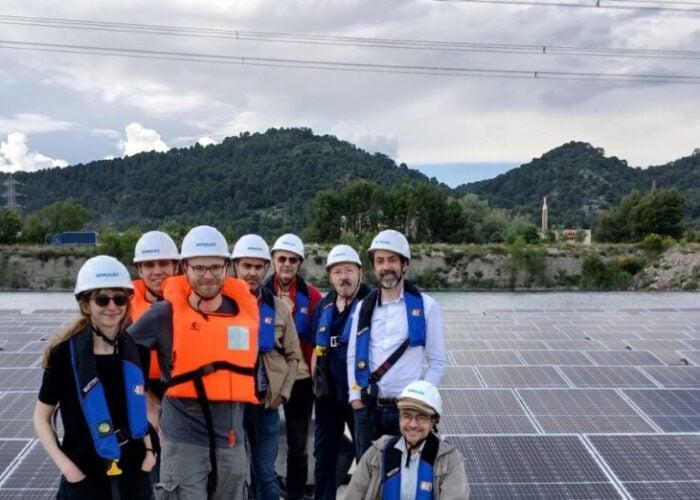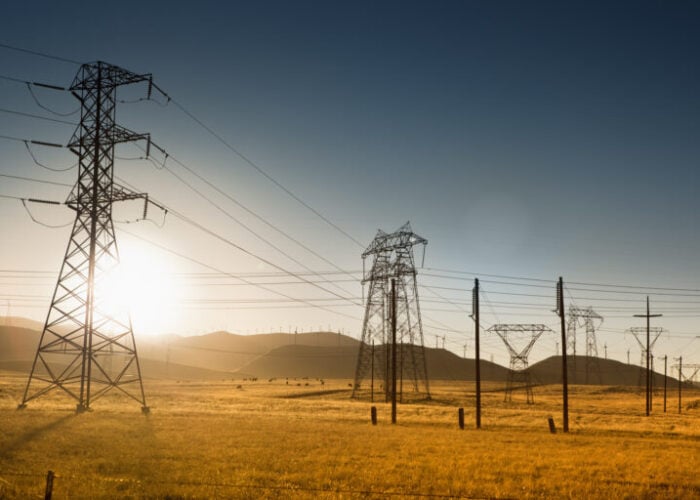
Ontario’s Independent Electricity System Operator (IESO) awarded 232MW of solar out of a total of 241.430MW on offer in the latest round of its feed-in tariff (FIT) procurement for small-scale renewable generation.
This round, FIT 4, saw 936 long-term contracts on offer for solar, wind, hydroelectric and bioenergy projects with an installed capacity of between 10 and 500kW, to be connected to local distribution systems. 907 of contract offers are for solar PV rooftop projects of industrial, commercial, institutional or municipal nature.
Unlock unlimited access for 12 whole months of distinctive global analysis
Photovoltaics International is now included.
- Regular insight and analysis of the industry’s biggest developments
- In-depth interviews with the industry’s leading figures
- Unlimited digital access to the PV Tech Power journal catalogue
- Unlimited digital access to the Photovoltaics International journal catalogue
- Access to more than 1,000 technical papers
- Discounts on Solar Media’s portfolio of events, in-person and virtual
In addition, contracts were offered to 14 bioenergy projects for 3.45MW, six onshore wind projects for 3MW and nine hydroelectric projects for 2.722MW.
The FIT programme was borne out of Ontario’s Green Energy and Green Economy Act 2009, which has often been viewed as being a catalyst for a crucial turning point for Canada’s renewable energy industry, and solar industry more specifically. According to IESO, the FIT is North America’s “first comprehensive guaranteed pricing structure for renewable energy production”.
The IESO received 1,702 FIT applications in total, with 1,197 applications, representing around 336MW passing the eligibility test. Applications were also ranked according to priority and then tested for connection capacity in that order.
This priority point system was inaugurated in the FIT 4 procurement round. It gave applicants the opportunity to gain priority points by reducing the base price available in the FIT price schedule by one of three optional tiers. This new scheme was popular among applicants, with 52% choosing to apply.
“Renewable generation continues to make important contributions to Ontario's supply mix,” said JoAnne Butler, VP of market and resource development at the IESO, in a statement. “Projects developed under the FIT program represent an important step in broadening participation in the province's energy sector.”
“Indigenous communities, municipalities and co-operatives have been key partners in helping Ontario become Canada's leading province for installed solar energy capacity,” said Glenn Thibeault, Ontario’s minister of energy, in a statement. “The FIT program has provided significant opportunity for communities to participate in, and benefit from, renewable energy projects by prioritizing community participation within the program. I would like to congratulate the successful applicants for becoming leaders through their commitment to renewable energy.”
The next round of the procurement process, FIT 5, is expected to begin by 1 November this year.
Ontario also has a programme that caters to larger-scale renewable projects in its Large Renewable Procurement (LRP) Scheme that covers clean energy projects generally larger than 500kW. IESO cites this scheme as a key driver in the province’s target for 50% of installed capacity to be from clean energy sources by 2025.
Canada at large has stepped up its renewable energy game; recently jointly pledging with fellow North American countries, the US and Mexico, to derive 50% of their total electricity capacity from clean sources by 2025.






